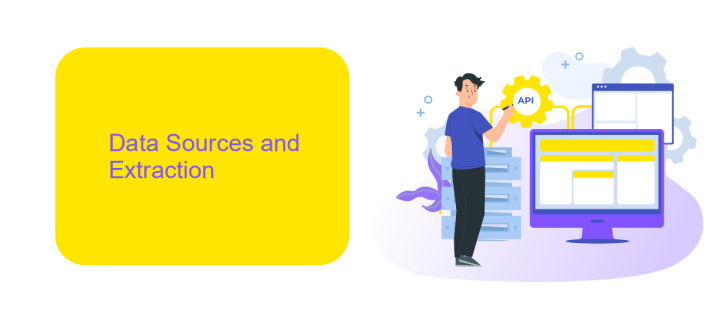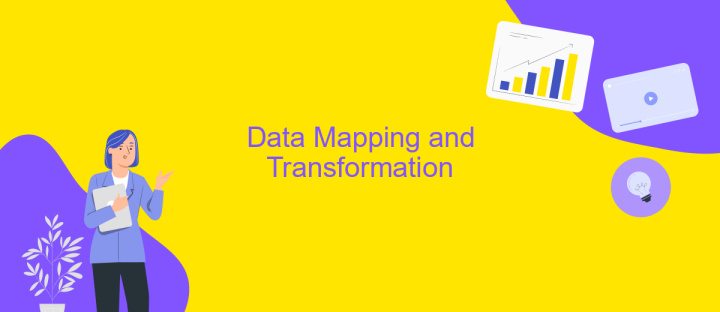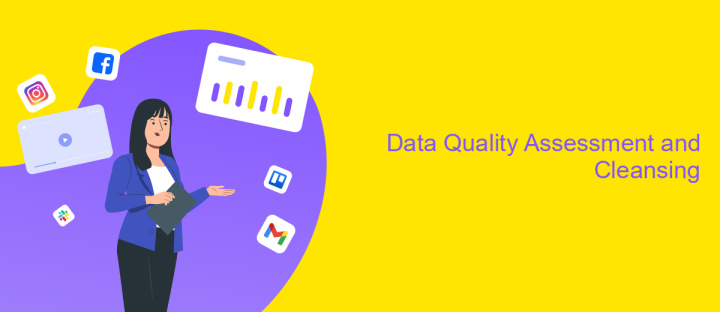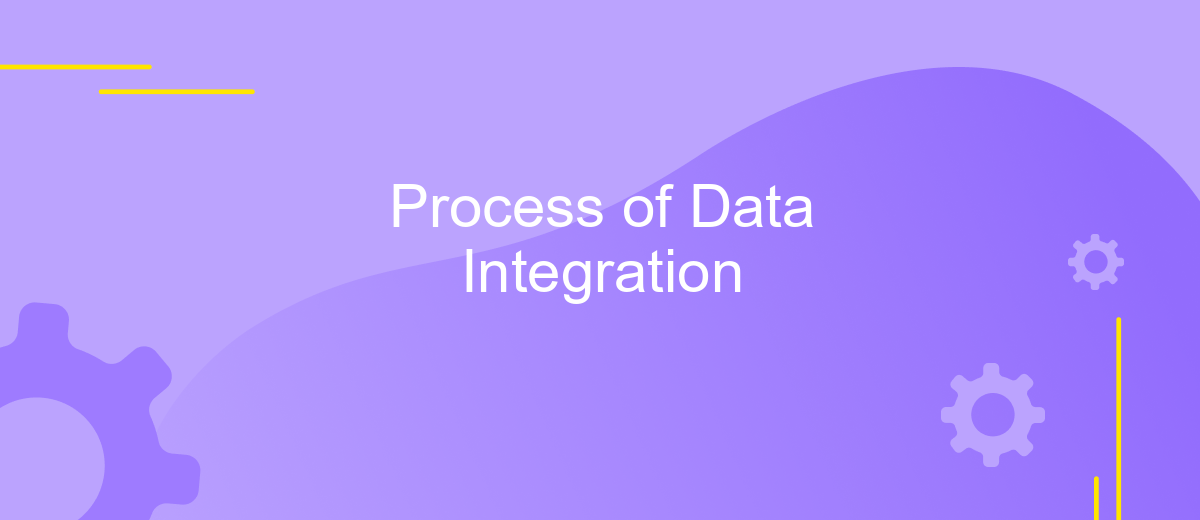Process of Data Integration
Data integration is a critical process in modern data management, enabling organizations to combine data from various sources into a unified view. This process enhances data accessibility, consistency, and quality, facilitating better decision-making and operational efficiency. In this article, we will explore the key steps, methodologies, and tools involved in effective data integration, and highlight its importance in today's data-driven world.
Introduction
Data integration is a crucial process in modern data management, enabling organizations to combine data from different sources into a unified view. This process is essential for gaining comprehensive insights, improving decision-making, and enhancing operational efficiency. By integrating data, businesses can ensure consistency, accuracy, and accessibility of information across various departments and systems.
- Data extraction from multiple sources
- Data transformation and cleansing
- Data loading into a centralized system
- Data synchronization and updating
Effective data integration involves several steps, including data extraction, transformation, and loading (ETL). Each step plays a vital role in ensuring that the integrated data is reliable and ready for analysis. As organizations continue to collect vast amounts of data, the importance of efficient data integration processes cannot be overstated. Investing in robust data integration solutions is key to unlocking the full potential of organizational data.
Data Sources and Extraction

Data integration begins with the identification of relevant data sources. These sources can range from internal databases and spreadsheets to external APIs and third-party platforms. Each source provides unique data that needs to be accurately extracted to ensure the integrity of the integration process. The extraction phase involves pulling data from these diverse sources, ensuring that it is in a usable format for subsequent transformation and loading. This phase is crucial as it sets the foundation for the entire data integration workflow.
To streamline the extraction process, various tools and services can be employed. One such service is ApiX-Drive, which facilitates the seamless connection between different data sources and your integration platform. ApiX-Drive supports a wide array of applications and APIs, making it easier to automate the extraction process. By leveraging such tools, organizations can save time and reduce errors, ensuring that data is consistently and accurately extracted from all relevant sources.
Data Mapping and Transformation

Data mapping and transformation are critical steps in the data integration process. Data mapping involves creating a correspondence between data fields from different sources, ensuring that data from one system can be accurately translated to another. This step is fundamental to ensure data consistency and integrity across diverse systems.
- Identify data sources and targets.
- Analyze data structures and formats.
- Define mapping rules and transformation logic.
- Implement data transformations.
- Validate and test the mappings.
Effective data mapping and transformation require a thorough understanding of both the source and target systems. By carefully defining mapping rules and transformation logic, organizations can ensure that data flows seamlessly between systems, maintaining accuracy and completeness. This process not only facilitates better decision-making but also enhances operational efficiency by providing a unified view of data.
Data Quality Assessment and Cleansing

Data quality assessment is a crucial step in the data integration process. It involves evaluating the accuracy, completeness, consistency, and reliability of data before it is integrated into a system. This ensures that the data being used is of high quality and can be trusted for decision-making and analysis.
Data cleansing, also known as data scrubbing, follows the assessment phase. This process involves identifying and correcting errors or inconsistencies in the data. The goal is to improve the overall quality of the data to ensure it meets the required standards for integration.
- Removing duplicates
- Correcting inaccuracies
- Filling in missing values
- Standardizing data formats
- Eliminating irrelevant information
By conducting thorough data quality assessment and cleansing, organizations can significantly enhance the reliability and usability of their integrated data. This not only facilitates better decision-making but also ensures that the data-driven insights are accurate and actionable. Consequently, the overall efficiency and effectiveness of data integration efforts are improved.
Data Integration and Storage
Data integration involves combining data from various sources into a unified view, which is crucial for accurate analysis and decision-making. This process often includes data extraction, transformation, and loading (ETL). Tools like ApiX-Drive facilitate seamless integration by automating data transfer between different systems and applications. By leveraging such services, organizations can ensure data consistency and reduce manual errors, thereby enhancing operational efficiency.
Once integrated, data must be stored in a way that ensures easy access and security. Modern storage solutions range from traditional databases to cloud-based storage systems, each offering unique advantages. Cloud storage, for instance, provides scalability and flexibility, allowing businesses to adjust their storage needs dynamically. Effective data storage strategies not only support efficient data retrieval but also comply with regulatory requirements, ensuring data integrity and confidentiality.
FAQ
What is data integration?
Why is data integration important?
What are the common methods of data integration?
How can I automate data integration processes?
What challenges might I face during data integration?
Do you want to achieve your goals in business, career and life faster and better? Do it with ApiX-Drive – a tool that will remove a significant part of the routine from workflows and free up additional time to achieve your goals. Test the capabilities of Apix-Drive for free – see for yourself the effectiveness of the tool.

